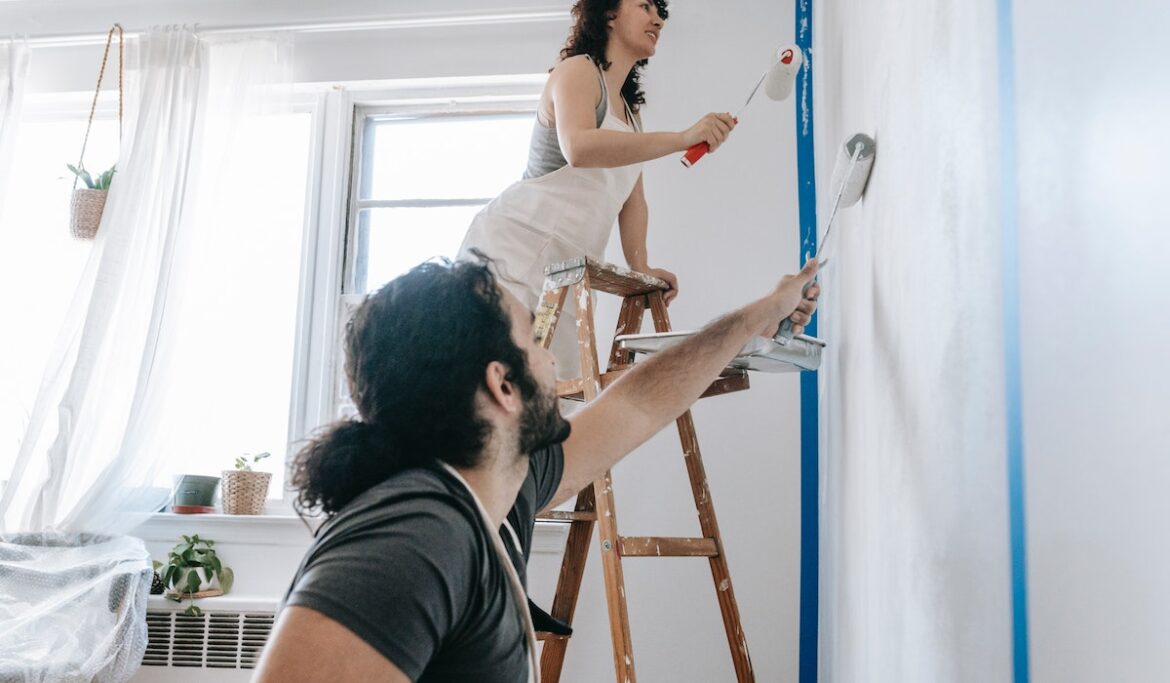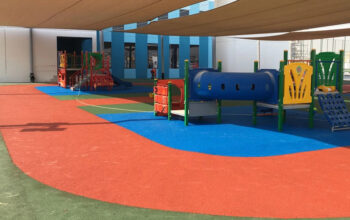Have you been dreaming of making some home improvements that would add comfort and convenience, increase the value of your property, or boost your energy efficiency? Of course, you have; these are things most homeowners want. But how do you know which changes will do the most for your wallet and the environment? There are many ways to reduce energy bills, and making simple cost-saving adjustments is one key factor. Here are six home upgrades that can lower your utility bills and make your home more comfortable and efficient.
1. Add a Radiant Floor Heating System
It might seem too good to be true, but installing a radiant floor heating system can save you money. Radiant heat creates warmth by warming the objects around it rather than the air. Plus, you don’t need to turn on your furnace during the warmer months because radiant heat directly heats your body. This eliminates drafts and cold spots and makes your home much more comfortable to live in year-round.
Additionally, radiant floor heating systems can save you between 30 and 60 percent on your energy bill each year. It can also increase the value of your home because most people prefer a warmer home without any chill spots.
2. Add a Deck
A deck is often seen as an investment that pays off in annual property value growth. It’s a low-cost and relatively low-commitment way to increase curb appeal and potentially get more money back at resale. It can be a fun way to spend time with family and friends, and it’s a good source of exercise. A deck doesn’t need to be extravagant; more than half of Americans have no deck.
You’ll have to weigh the pros and cons before you make your decision because installing a new deck can require permits, materials, and construction time. But if you value the functionality of a deck and can work it into your budget, it can be a worthwhile investment.
3. Install a New Energy Efficient HVAC System
If you’re tired of dealing with the short-term and long-term effects of old, inefficient HVAC systems, it might be time to consider an upgrade. Replacing your heating and cooling system is one of the best ways to immediately improve your home’s comfort and efficiency. An efficient HVAC system keeps your house comfortable without wasting energy.
A new system could save you around $400 per year on energy bills alone. This is especially true if you install a programmable thermostat, which saves about $180 per year. If you plan on living in your home for at least five years, an energy-efficient HVAC system is worth considering as it will save you money over time. When installing a new system, you should contact experts that are offering an HVAC free estimate.
4. Paint Your House
You might not consider painting a green choice, but it can be. If you’re looking for a way to reduce your carbon footprint, consider painting your house. You’ll use less energy from the sun to heat and cool your home since white reflects the sun’s rays instead of absorbing or allowing them through. Aside from being beneficial to the environment, painting your house can also save you money on utility bills.
It’s not always easy to paint a house, especially if you’re an inexperienced homeowner. It’s best to hire professionals to do the job, but painting is a home improvement that you can easily complete in one day if you have all the supplies and tools.
5. Modify the Bathroom
A steam shower, for example, can decrease your home’s heating and cooling needs. And because a steam shower typically uses less water than a regular bath or shower reduces your water bill. Be sure to use cool tap water to prevent scalds and burns while taking a steam shower. You may also install a solar water heater, which eliminates hot water heating costs, and an energy-efficient showerhead. Energy savings can be significant with these upgrades.
6. Make Kitchen Improvements
Adding insulation is a simple way to save on your energy bills. You can also increase the energy efficiency of your kitchen by installing an Energy Star refrigerator and dishwasher, adding cabinets with thicker wall insulation, or replacing your windows with those with a lower U-value. It’s important to note that improving the energy efficiency of the kitchen doesn’t necessarily mean you need to replace cabinets or appliances. New cabinet doors, drawer liners, and drawer dividers can make your kitchen more efficient and increase the resale value.
Conclusion
Upgrading your home and making the changes discussed here can be an ideal way to increase your comfort and decrease energy bills. However, it would help if you also considered how these upgrades affect or help the environment. Taking care of the planet is a crucial step in ensuring its survival.







